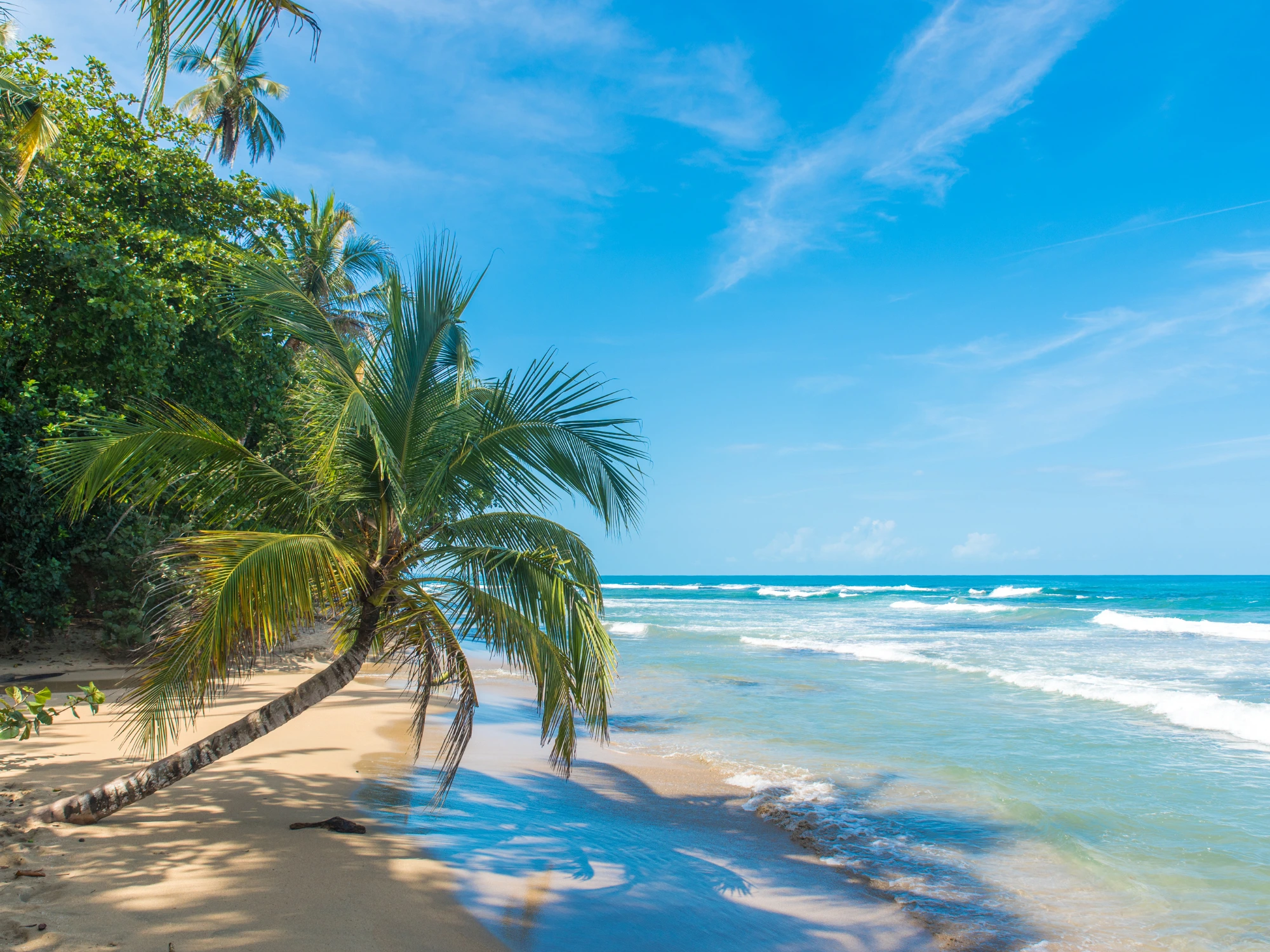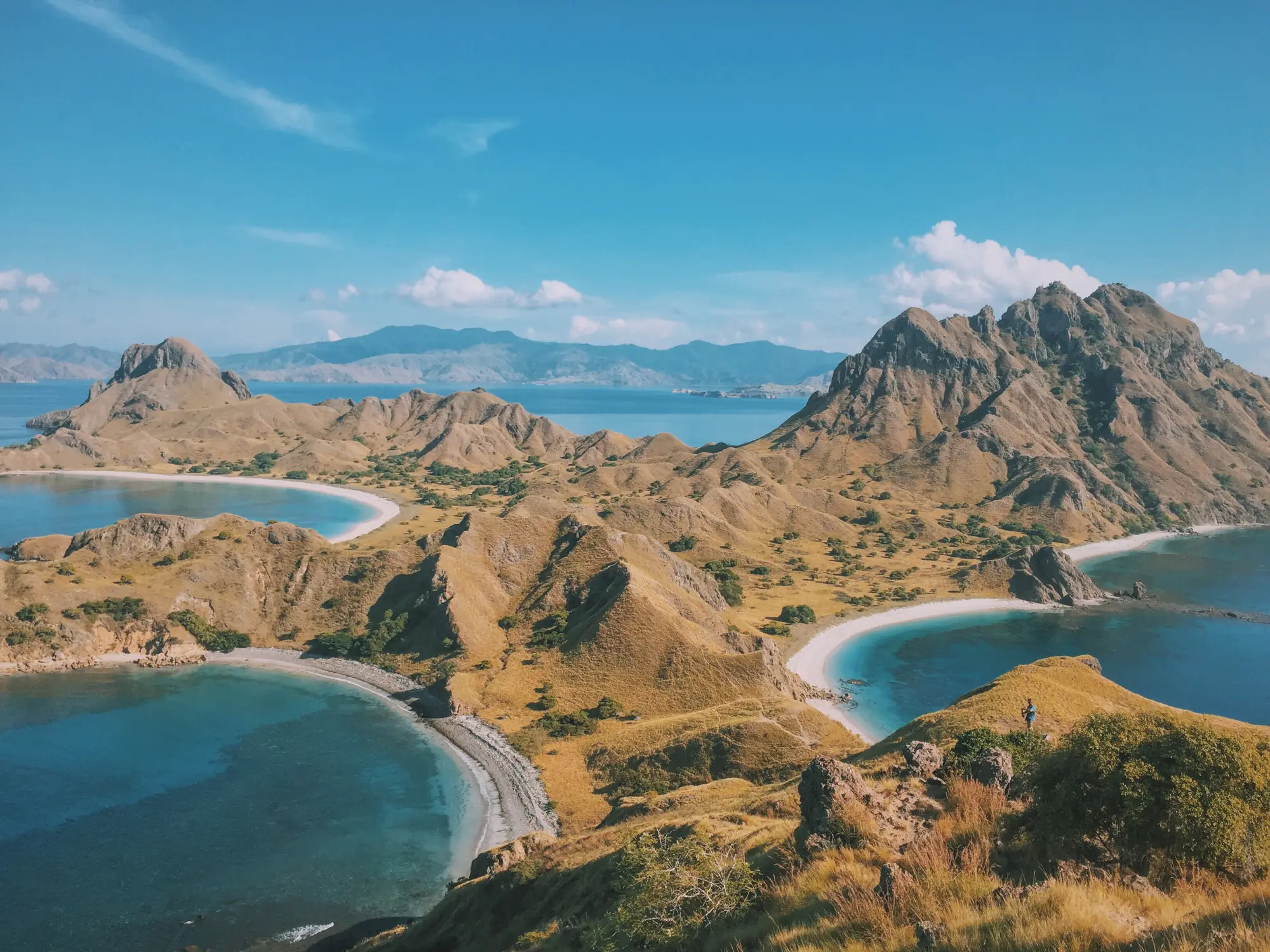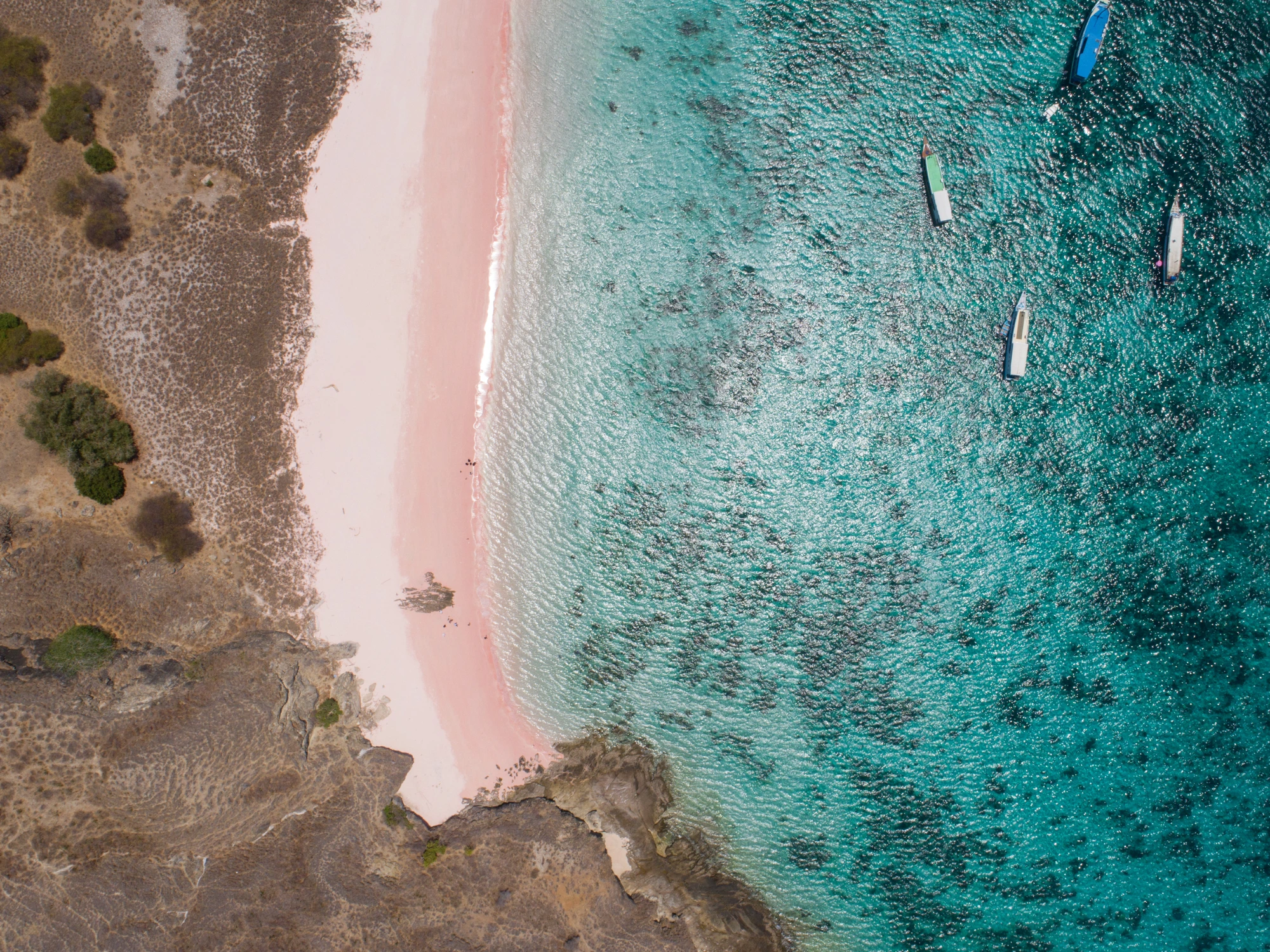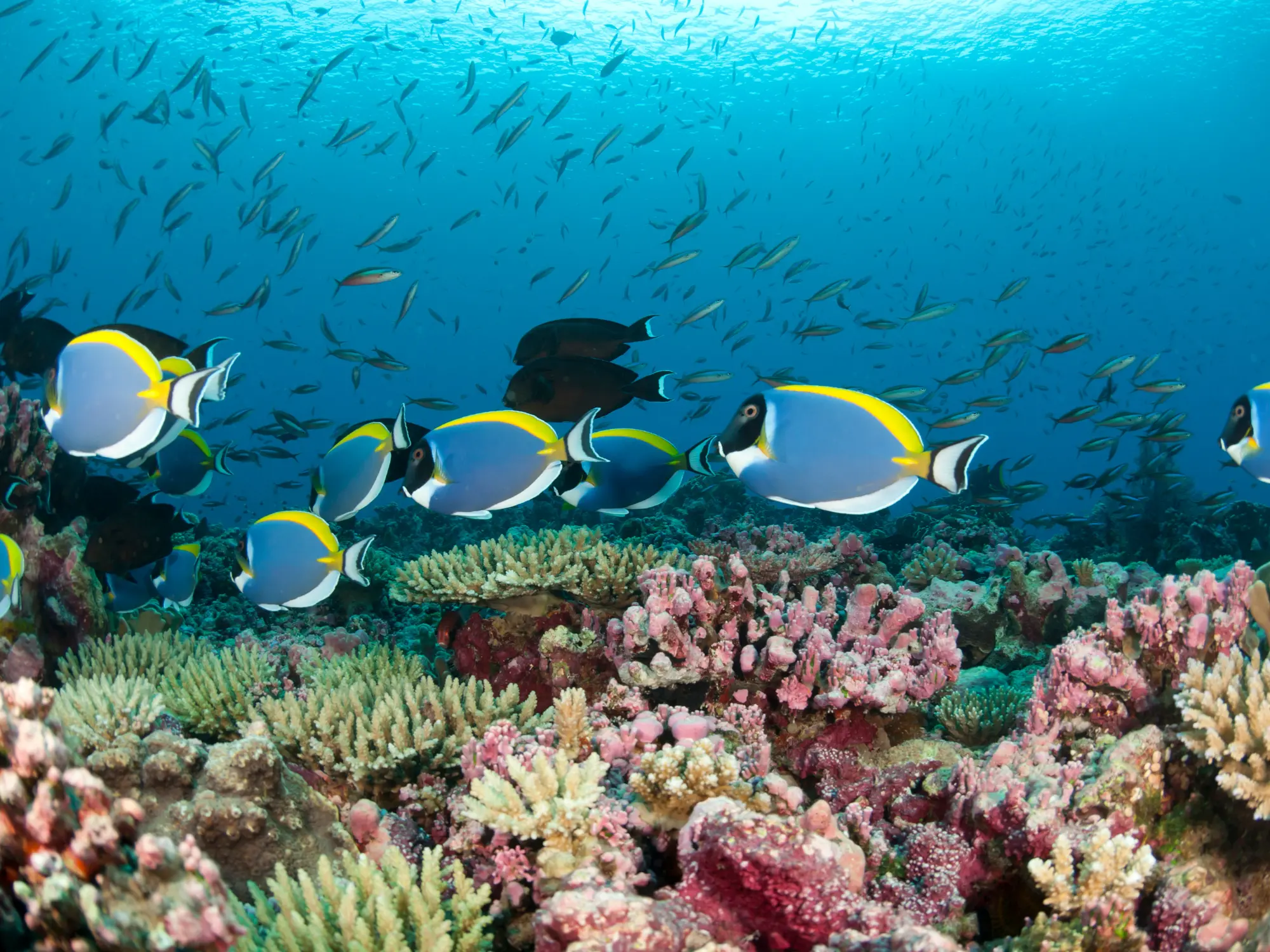
Diving at Manta Point is a bucket-list experience for many divers, offering the rare chance to see majestic manta rays up close. Located in Komodo National Park and Nusa Penida (Bali), these cleaning stations are famous for attracting large groups of manta rays. However, to truly make the most of your dive at Manta Point, it’s important to be prepared and know what to expect.
Here’s a guide packed with tips and tricks to help you maximize your chances of having an unforgettable experience at Manta Point, whether you’re visiting Komodo or Bali.

1. Pick the Right Season for Maximum Sightings
Manta rays can be seen year-round at Manta Point Labuan Bajo, but certain seasons provide better chances for sightings.
Tip: Dive During the Best Seasons
- Komodo (Manta Point, Komodo National Park): The best time to see manta rays in Komodo is during the rainy season, which runs from December to March. This is when the water is rich with plankton, attracting large groups of mantas.
- Bali (Nusa Penida’s Manta Point): For Bali, manta rays are frequently spotted from April to October, during the dry season when the water visibility is high.
By choosing the right season, you’ll increase your chances of seeing these gentle giants in large numbers.
2. Choose the Right Dive Operator
Diving with a reliable and experienced dive operator can make all the difference, especially at a site like Manta Point, where conditions can change rapidly.
Tip: Research Dive Operators
Look for dive operators with a good track record for safety, knowledge of the area, and manta ray encounters. If you’re diving in Komodo, Divers Paradise Komodo is a great option, as they have extensive experience in the region and understand the best times and conditions for manta sightings.
Pro Tip: Ask about their manta sighting success rates and any specific spots within Manta Point that they recommend. Learn more about diving with Divers Paradise Komodo
3. Know the Best Times of Day for Diving
The time of day you dive can influence the behavior and number of mantas you see. Since mantas come to Manta Point to feed and visit cleaning stations, timing is crucial.
Tip: Dive Early in the Day
- Early morning dives often offer the best chances to spot mantas, as the cleaning stations tend to be most active.
- Midday dives can also be great, but strong currents can become more challenging later in the afternoon.
Check with your dive guide about the best times to schedule your dive and plan accordingly.
4. Master Drift Diving Techniques
Manta Point is known for its strong currents, especially in Komodo National Park. Understanding how to handle drift diving is essential for enjoying a safe and comfortable dive at this site.
Tip: Prepare for Drift Diving
- Use a reef hook: Drift diving means that you’ll be moving with the current, so carrying a reef hook can help you stay in place to watch the mantas without disturbing the environment.
- Stay close to your dive buddy: In strong currents, it’s easy to get separated, so always keep an eye on your buddy and dive group.
If you’re new to drift diving, consider practicing in easier conditions or taking a course to ensure you’re prepared.
5. Focus on the Cleaning Stations
At Manta Point, the key to spotting manta rays is finding the cleaning stations, where these gentle giants stop to get cleaned by small fish.
Tip: Position Yourself Near the Cleaning Stations
- Stay calm and hover at a distance of 3-5 meters from the cleaning station to avoid scaring the mantas away.
- Be patient. Mantas can take their time, so staying still and keeping a safe distance will ensure that you don’t disrupt their behavior.
Most dive guides will know the exact location of the cleaning stations, so listen to their advice and follow their lead.
6. Respect Marine Life
One of the most important aspects of diving at Manta Point is respecting the wildlife and their habitat.
Tip: Follow Ethical Diving Practices
- Don’t touch the manta rays: While it may be tempting, touching mantas can harm their protective mucus layer.
- Maintain proper buoyancy: Avoid accidentally hitting coral or disturbing the seafloor by practicing proper buoyancy control.
- Keep your distance: Maintain a respectful distance from the mantas to avoid scaring them away or disrupting their natural behavior.
The more you respect their space, the more likely they are to come closer and linger in your vicinity.
7. Don’t Forget Your Camera Gear
Diving with manta rays is a once-in-a-lifetime experience, and you’ll definitely want to capture the moment. However, diving with a camera in strong currents can be tricky.
Tip: Be Camera-Ready
- Use a wide-angle lens: Mantas are large, so a wide-angle lens will allow you to capture them in all their glory without getting too close.
- Secure your camera: In strong currents, make sure your camera is securely attached to you, either with a wrist strap or mounted on your BCD.
If you’re new to underwater photography, consider leaving the camera behind and simply enjoying the experience. You can always rely on the dive guide or others in the group to share their photos.
8. Plan for Multiple Dives
Manta Point is a place you’ll want to experience more than once. Different conditions (like currents and visibility) and times of day can lead to vastly different encounters, so planning for multiple dives is a smart move.
Tip: Book a Package or a Multi-Day Trip
Instead of doing just one dive at Manta Point, consider booking a multi-day package. This gives you a higher chance of seeing mantas, and the varied conditions can lead to unique encounters on each dive.
For example, Divers Paradise Komodo offers custom-made trips and multi-day packages that include several dives in Manta Point and surrounding areas. Explore their diving packages here
9. Understand Manta Behavior
Understanding manta ray behavior can greatly enhance your manta ray diving experience, allowing you to anticipate their movements and know where to look for them during your dive.
Tip: Observe Their Body Language
- Mantas circling cleaning stations: This behavior means they’re being cleaned by smaller fish, and they may stay in one spot for a while.
- Feeding behaviors: Mantas feed on plankton by barrel rolling or swimming with their mouths open. If you see plankton-rich waters, you’re likely to spot feeding mantas.
By understanding these behaviors, you’ll know when to expect mantas to stay in one place for a while, allowing you to position yourself for the best possible viewing.
10. Stay Safe and Enjoy the Dive
Last but not least, your safety is the most important aspect of any dive. Manta Point’s currents can be strong and unpredictable, so always dive within your limits.
Tip: Listen to Your Dive Guide
- Follow your guide’s instructions: They know the site and can ensure you have a safe and enjoyable experience.
- Check your gear: Before entering the water, double-check all your dive gear to ensure it’s functioning properly.
- Don’t push yourself: If you’re feeling uncomfortable with the currents, it’s always better to sit out a dive than risk injury.
Remember, manta rays are frequent visitors to Manta Point, so you can always try again on another day if conditions aren’t ideal.
Ready for the Dive of a Lifetime?
Diving at Manta Point is an experience that every diver should have at least once. By following these tips and tricks, you’ll be prepared to make the most of your time underwater with these graceful giants. From choosing the right season to mastering drift diving, these small adjustments can make a big difference in your manta encounters.
Looking to book your dive at Manta Point? Check out the exciting daily trips and custom diving packages offered by Divers Paradise Komodo. Make your dream manta dive a reality today!
This website is created by Vic Ranci Digital Marketing
© 2024 Divers Paradise Komodo. All rights reserved.





